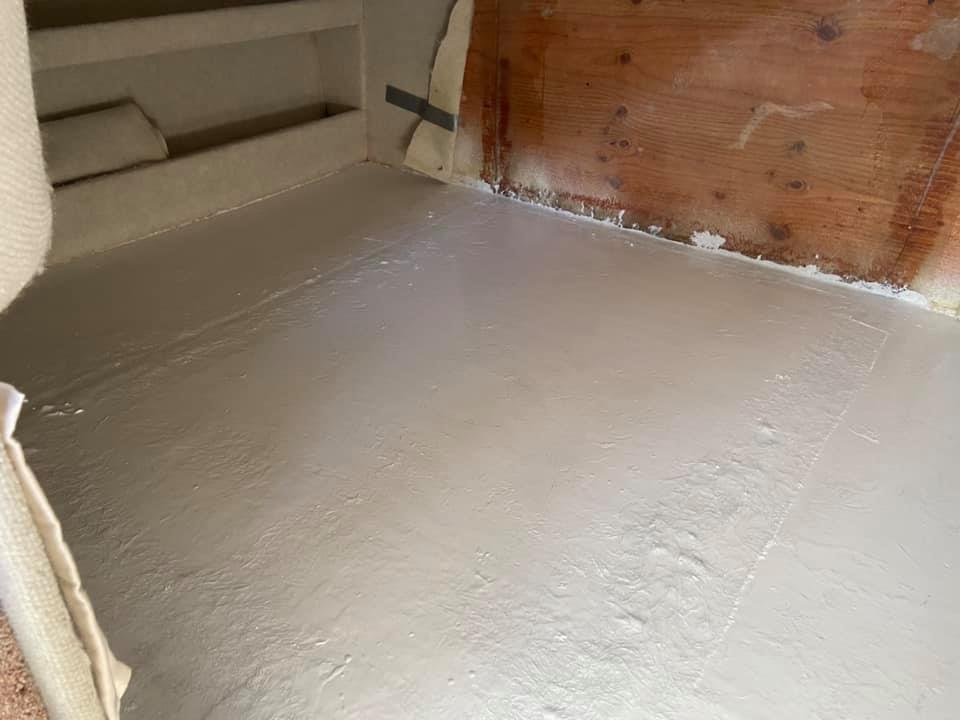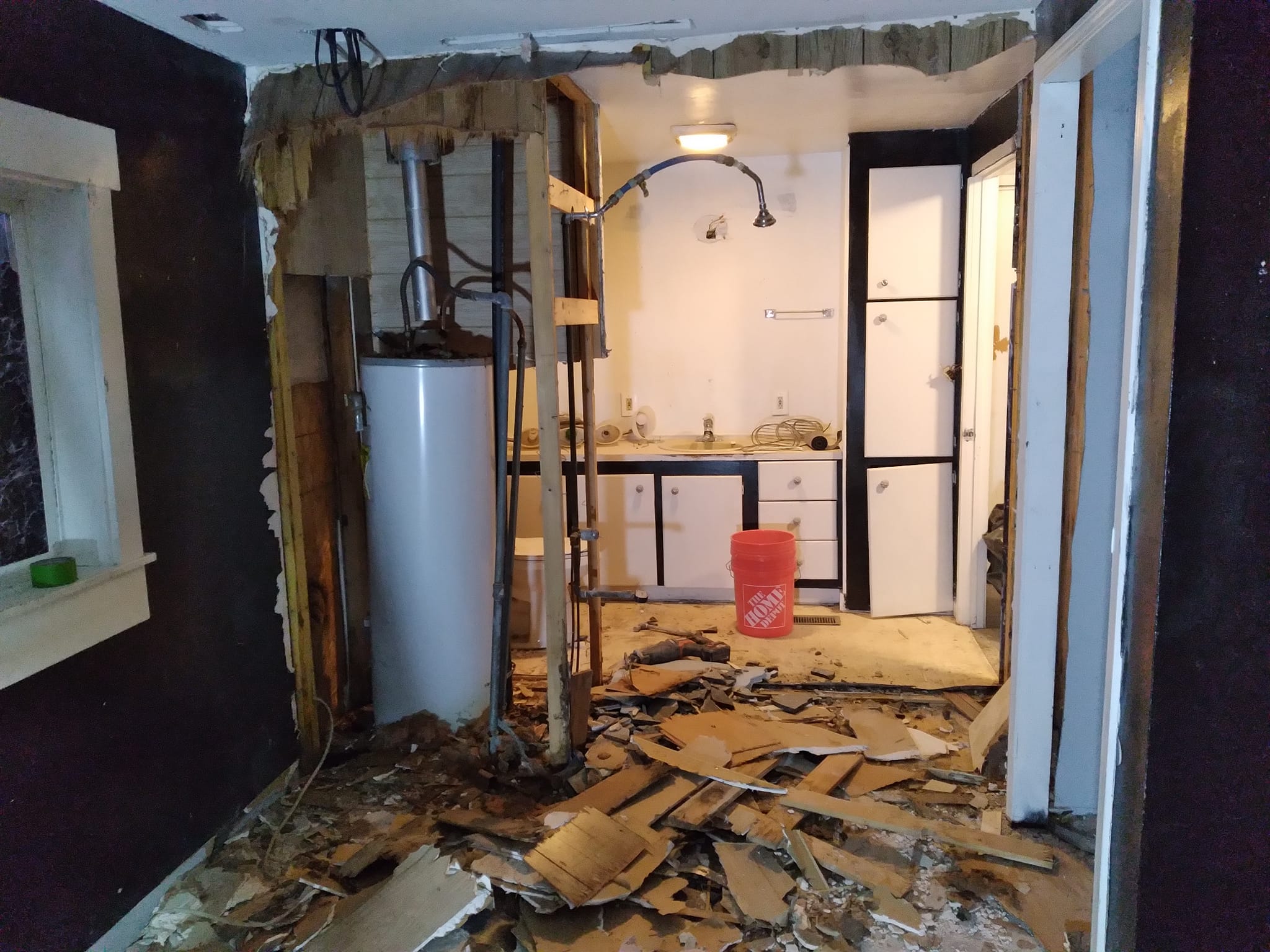Prepare the wall area
Remove any old drywall, old nails, or screws that prevent the new planks from being installed (glued) over the wood or metal joists in the construction. Only in this way can we ensure that the structure perfectly supports the drywall (or volcanic sheets, as they are also known).
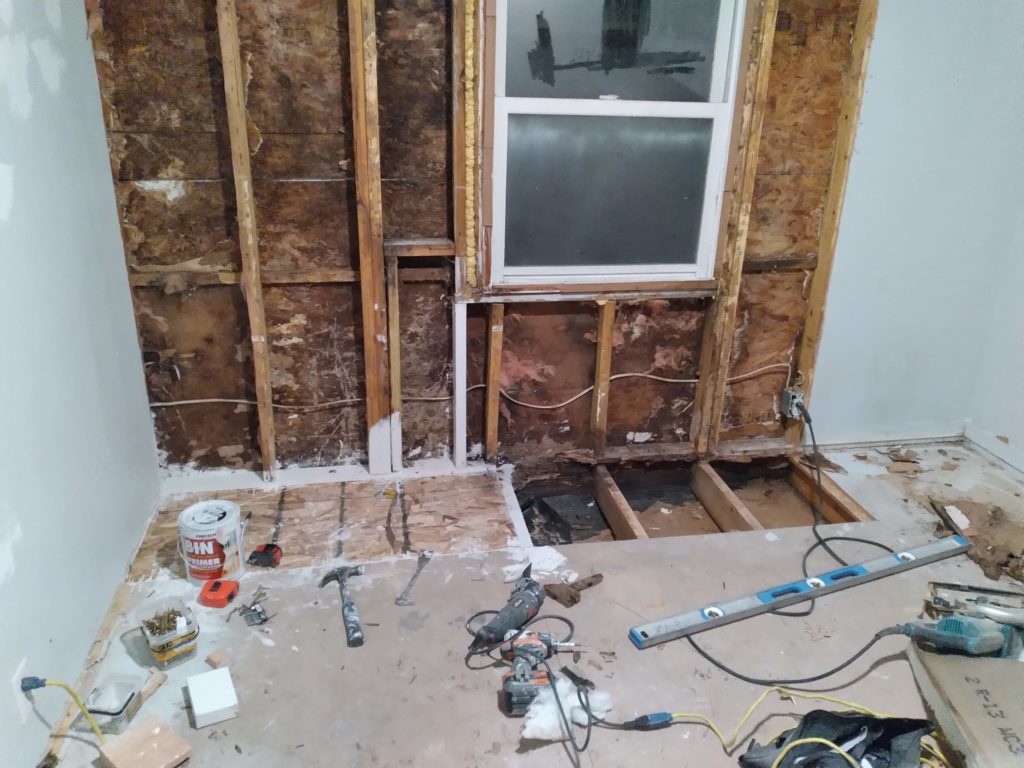
Repair the damage
Check if the framework is loose, if there is deterioration due to humidity, any holes or cracks. If you find problems, repair them to install in the cleanest and correct way.
.
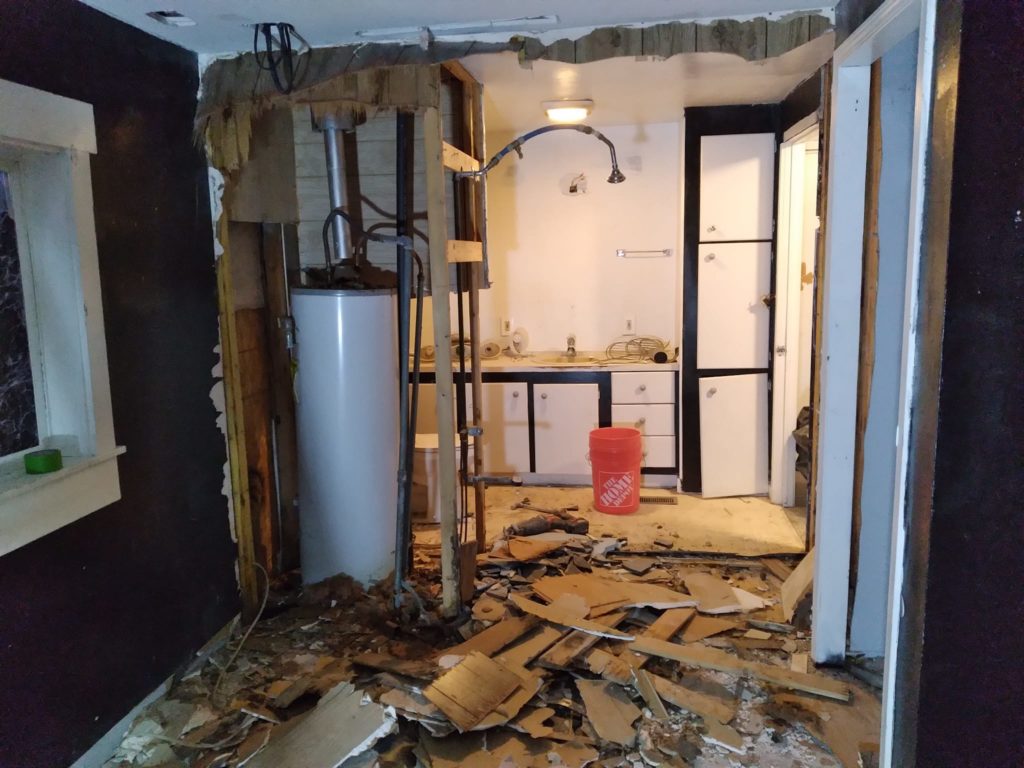
Mark
Mark with markers the location of the joint on the plasterboard.
All crossbars should be centered between 40-60 centimeters. You will likely find yourself with beams that are out of alignment and in any direction, so check the measurements well so you can start your work in the right way.
If you are going to use glass wool rolls as a thermal insulator, this is the time to do it. Place the rolls within the spaces defined by the wooden beams.
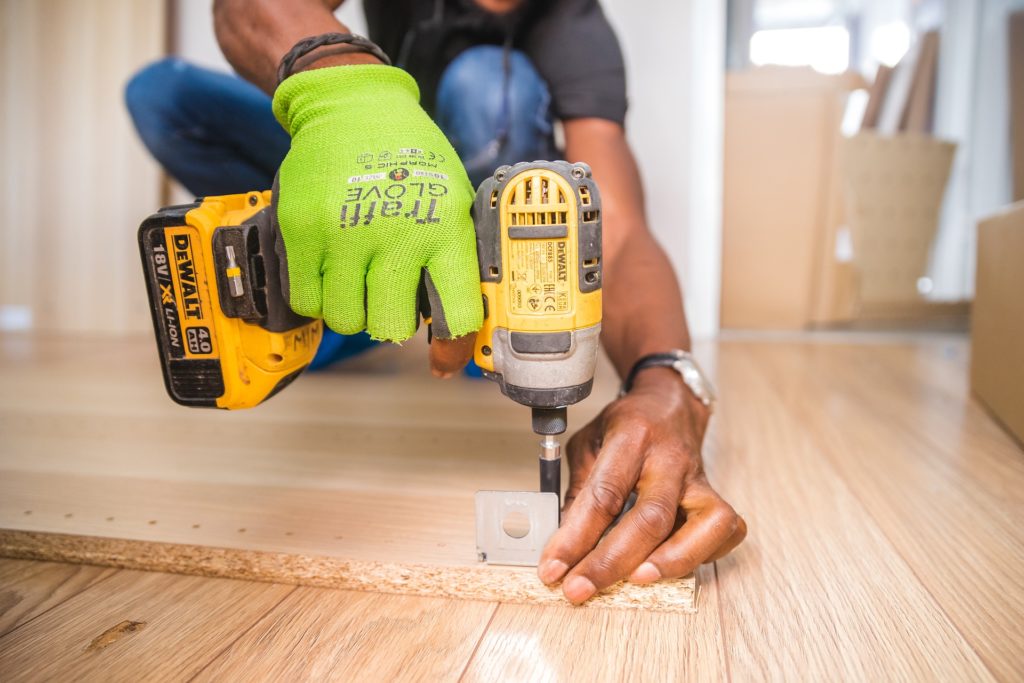
Distribute a little glue on the beams
Run this along each piece of splice or beam on which the drywall will be laid. Don’t forget to do it just before hanging the plasterboard.
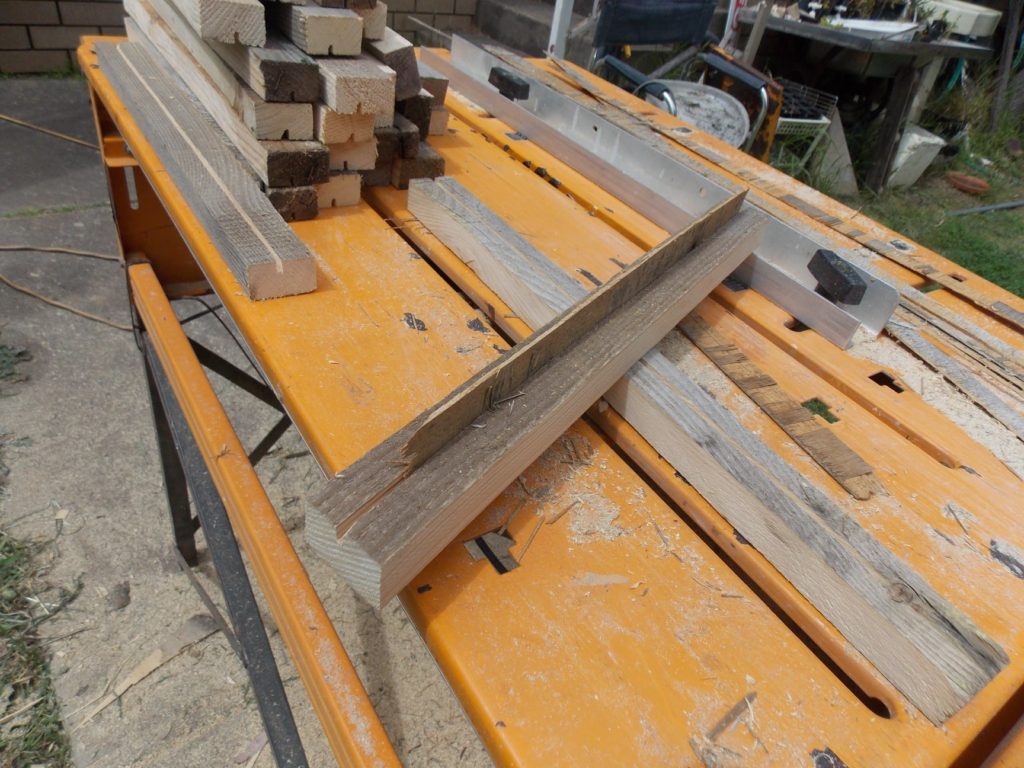
Install the panel
With the help of someone, place the plaster-cardboard sheets – In a Horizontal Position – on the walls. The most important thing is to start by installing the first row at the top of the wall (close to the ceiling), and then, only at the end of that row, continue with the bottom row (close to the floor).
To fix the plasterboard sheets, you must use a drill and install five screws in each beam to hold them, it is advisable to start doing it from the center of the panel outwards until completing the five, it is not necessary to add more. Remember to select fine point screws in the case of using them on wood or drill point screws if you will use them on iron.
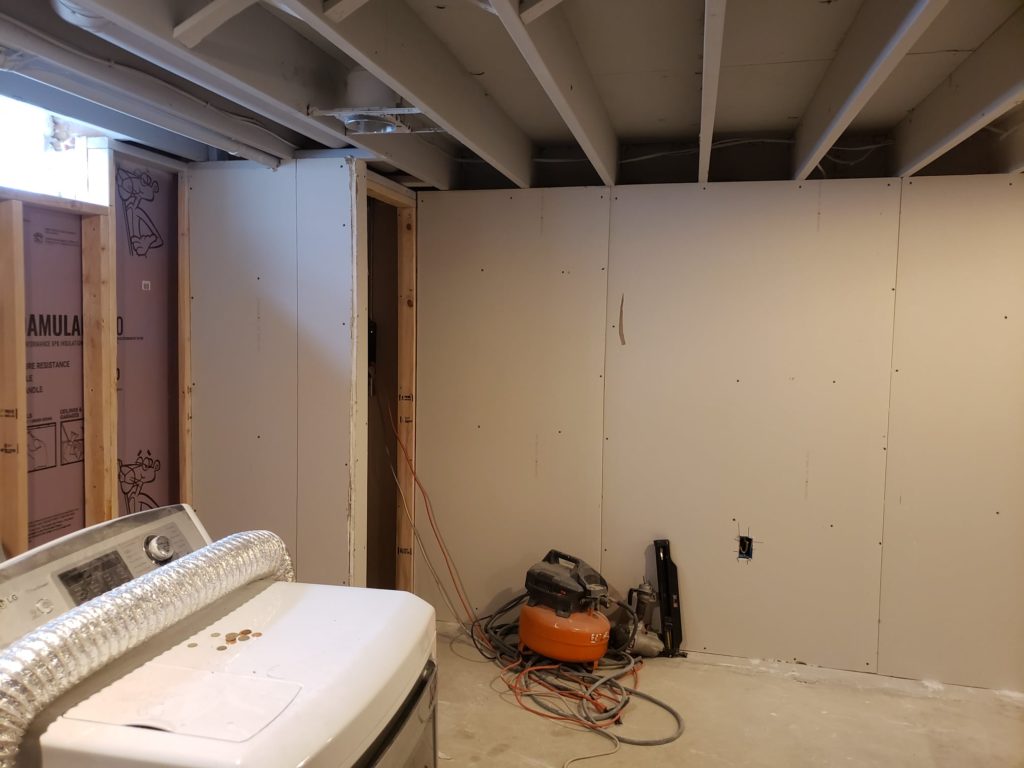
Cut off any excess pieces of drywall.
Fit the sheet and then cut the section that is covering door or window frames: use a cardboard cutter or sharp saw.
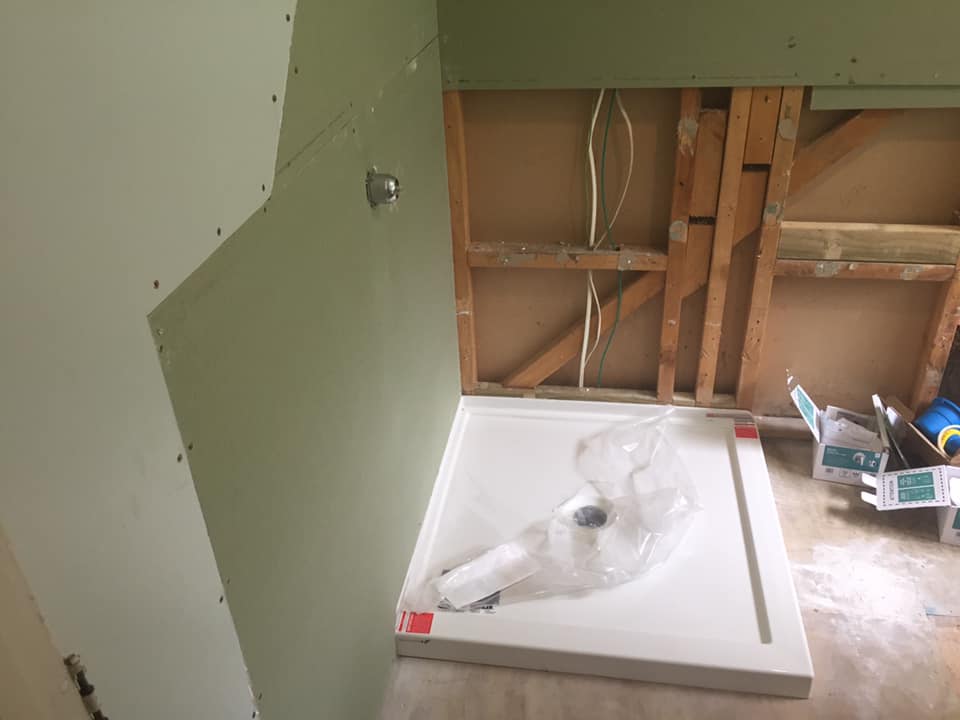
Cover the joints
Apply gum generously directly on the joint of the plates. Then wipe off the excess gum, leaving the joint surface smooth. Do not forget to apply a layer on each screw and repeat the procedure for each plate joint.
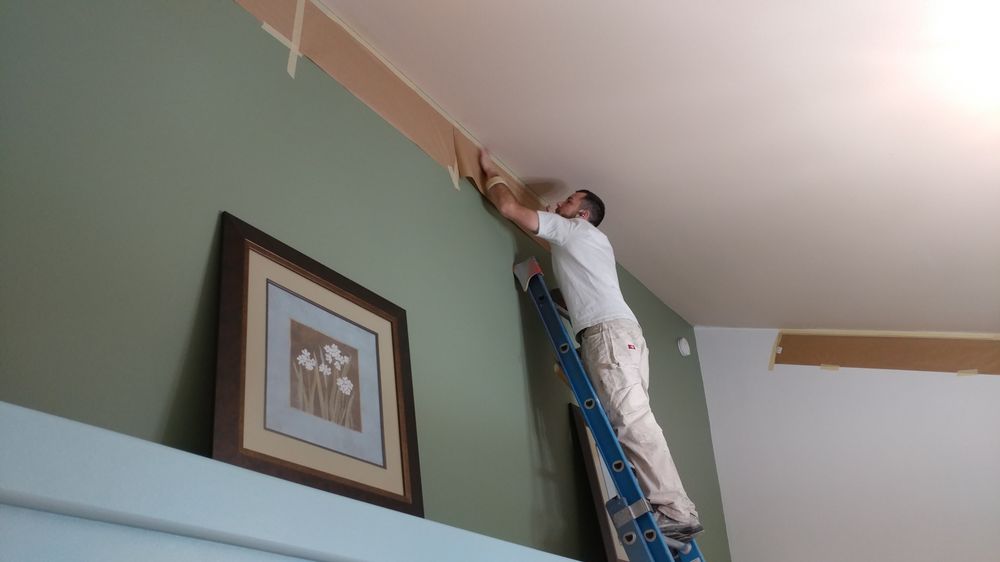
Sand the entire surface and that's it
Make sure to level all the imperfections of the plaster and sand neatly so that the installation of any type of coating or finish is possible: paint, ceramic, etc.
